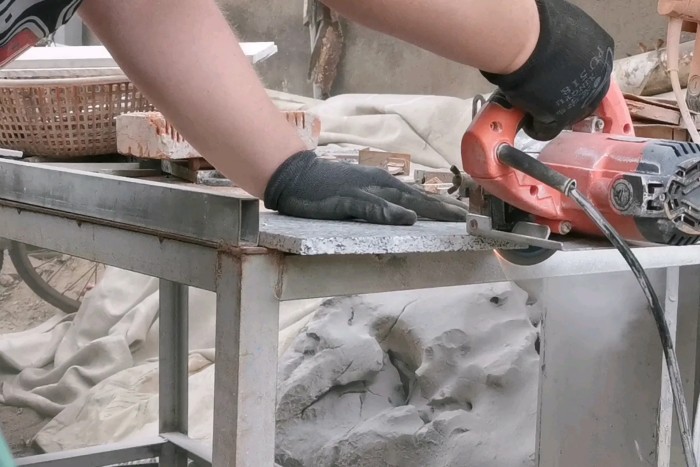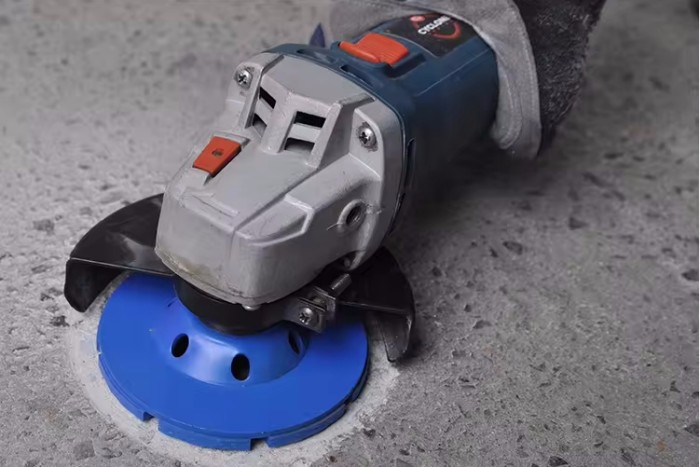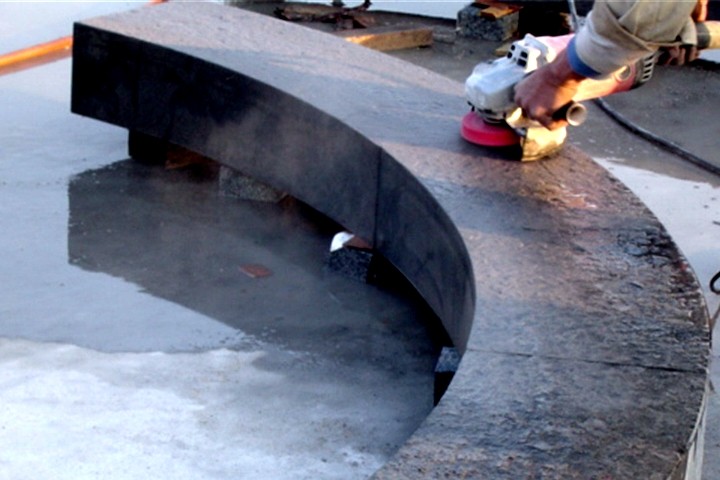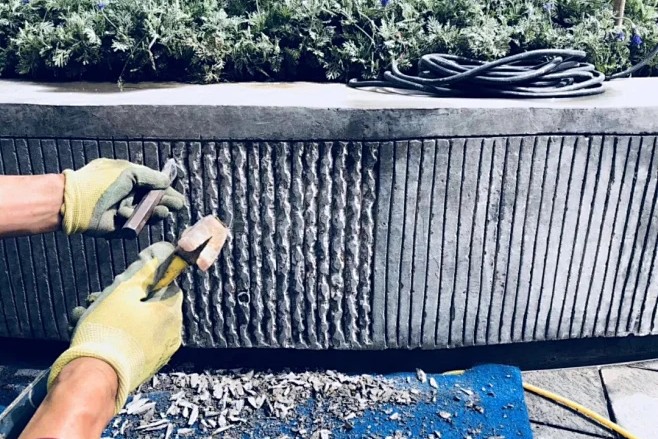Granite and marble processing technology
Granite and marble are common stones widely used in construction and decoration fields. As premium building materials, they are preferred for their durability and aesthetics. The processing of granite and marble involves a variety of techniques, such as cutting, grinding, polishing, carving, and other processes. Manufacturers utilize a range of processing techniques to ensure the quality and appearance of the final product meets customer needs.
Granite Processing Methods and Techniques
Granite cutting technology:
Circular saw cutting: Granite is usually cut using a circular saw, which uses a high-speed rotating circular saw blade to cut the stone horizontally or vertically. This method is suitable for large-scale production and can cut granite efficiently and accurately to meet the requirements of mass production. The circular saw's high-speed blade allows for fast, accurate cuts, making it the first choice for industrial-scale granite processing.
Band saw cutting: In contrast, the band saw cutting method involves cutting granite using a saw blade that moves up and down. Suitable for smaller orders or custom work, this technology allows granite to be cut precisely and flexibly to specific requirements. The vertical cutting motion of the band saw allows for intricate custom cuts, making it ideal for small or professional granite processing needs.

Granite grinding technology:
Grinding purpose: The primary purpose of grinding in granite processing is to remove the knife marks left on the cutting surface and make the granite surface smoother and flatter. Grinding helps improve the overall appearance and quality of your granite by eliminating imperfections and irregularities, ensuring it meets the high standards expected by your customers.
Grinding technology: Grinding is usually performed using a grinder equipped with abrasives and grinding fluid. The choice of abrasive and the size of the abrasive particles play a vital role in determining surface roughness. Depending on the specific requirements and desired finish, different abrasive sizes are used to achieve different levels of smoothness and gloss on the granite surface.

Granite polishing technology:
Polishing purpose: The main purpose of polishing in granite processing is to refine the surface and obtain a smooth, shiny surface. By using polishing machines and polishing fluids, manufacturers aim to create a mirror-like effect on granite surfaces, enhancing their visual appeal and suitability for high-end applications such as floors, countertops, and walls.
Polishing technology: Polishing typically involves the use of polishing pads or polishing sheets of varying particle sizes, depending on the specific requirements and desired finish. By using different particle sizes, manufacturers can achieve varying degrees of smoothness and gloss on granite surfaces to suit different customer preferences and applications.

Granite carving technology:
Hand engraving: Hand carving in granite processing involves skilled manipulation of tools such as chisels to create intricate and detailed designs. This method is suitable for areas that require high skill and creativity, such as artistic sculpture. The expertise and craftsmanship of the craftsmen play a vital role in shaping the granite into unique and personalized designs, adding artistry and personality to the finished product.
Machine engraving: In contrast, machine engraving uses advanced technology, especially CNC (computer numerical control) engraving machines, to perform precise engravings based on design drawings. This method is suitable for mass production or products with complex shapes, providing efficiency and accuracy when replicating complex designs on a large scale. Machine engraving ensures uniformity and precision, making it ideal for meeting the needs of commercial production and large-scale projects.

The granite processing process begins with the selection of high-quality raw materials. Granite is typically formed from igneous rocks containing calcium carbonate and silica, requiring manufacturers to carefully screen and select rough stones that meet strict quality standards. This initial step is critical to ensuring that the granite has the properties and durability required for its intended application.
Stone cutting is a key step in granite processing. Advanced stone processing equipment, such as water jet cutting machines, electric saws, etc., are used to cut the stone into plates or block products of specified sizes. Precision and control are crucial during the cutting process, as manufacturers pay close attention to the speed of the cutter and the angle of the cut to ensure accuracy and the desired cut.
After stone cutting, grinding becomes an indispensable step in granite processing. The manufacturer uses professional stone grinding equipment and abrasives to polish the surface of the cut stone in order to make it smooth and flat and show the unique texture and luster of granite. The purpose of grinding is to remove the knife marks left on the cutting surface and achieve the desired smoothness and finish, enhancing the overall beauty of the granite.
In addition to cutting and grinding, polishing and surface treatment are also essential for granite processing. The purpose of polishing is to enhance the luster and feel of granite, making it more beautiful and suitable for high-end applications such as floors, countertops, and walls. Surface treatments, including anti-stain coatings and waterproofing, can improve granite's stain resistance and durability, ultimately extending the product's lifespan.
After the processing stage, manufacturers conduct strict quality checks on the processed granite products. This includes checking dimensions, appearance, flatness, and other specifications to ensure the product meets specified standards and customer requirements. Quality inspection is a critical step in ensuring that granite products are of the highest quality and ready for construction and decorative use.
In summary, the comprehensive process of granite processing involves meticulous attention to detail and the utilization of advanced equipment and technology at every stage. From the selection of high-quality raw materials to key steps such as stone cutting, grinding, polishing, surface treatment, and quality inspection, manufacturers ensure that granite products meet the highest standards of quality, durability, and aesthetics, making them suitable for every occasion. It has a wide range of applications in construction, decoration, and other fields.
 English
English  Português
Português  русский
русский  Chinese
Chinese  French
French  Japanese
Japanese  Spanish
Spanish 



